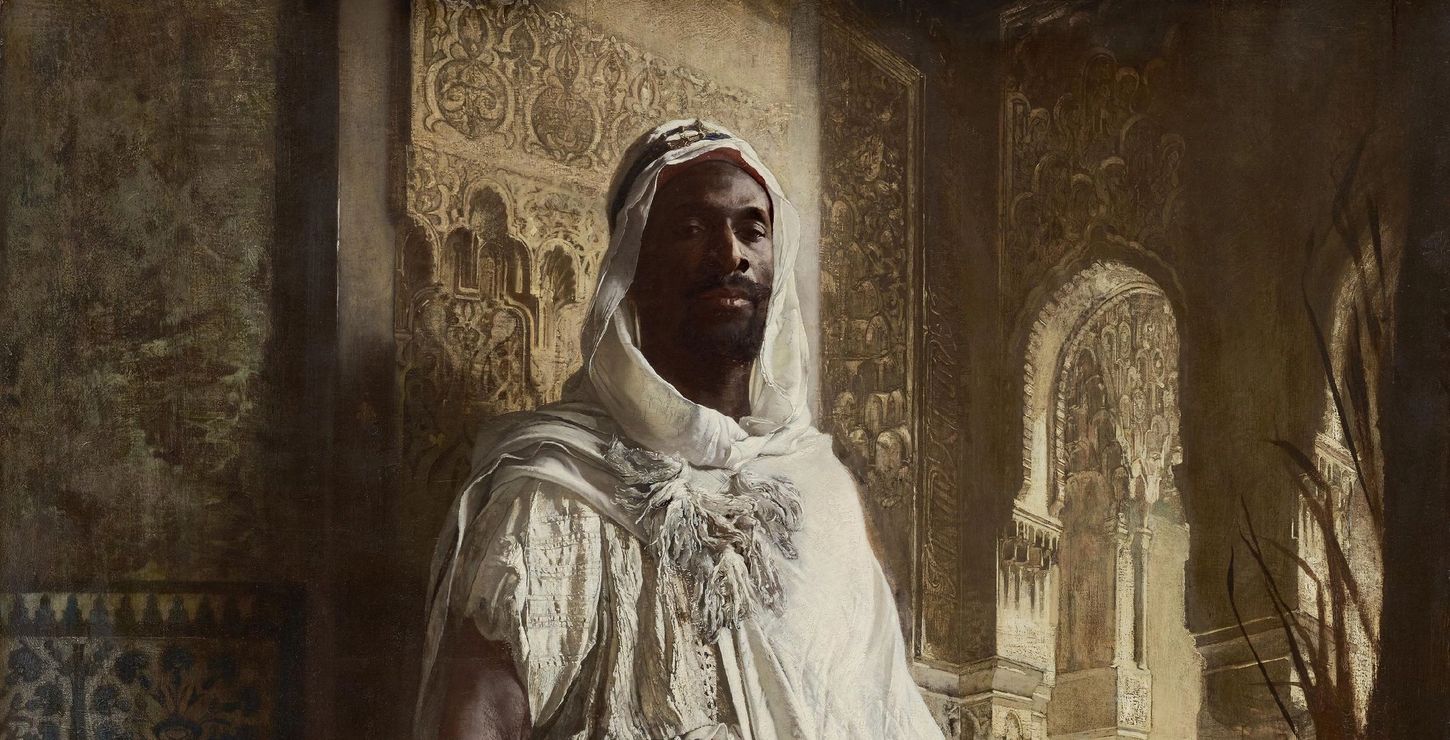Main Building
"With care, taste, and experience, sufficient that is delightful and not too high-priced can be obtained, to enhance greatly the artistic value of a collection consisting mainly of modern works." So wrote, in 1892, John G. Johnson (1841-1917), the renowned Philadelphia lawyer who bequeathed to his native city his entire collection of almost thirteen hundred paintings. Johnson began collecting in the late 1870s or early 1880s. His first area of interest was the art of his contemporaries and earlier nineteenth-century masters; only later, after 1892, did he shift his attention to paintings from the earlier Italian and Flemish and Dutch schools, which brought the John G. Johnson Collection its international renown. Never a great proponent of American art, Johnson set his sights on Europe, in particular France and the wealth of creativity in Paris at that time. He made his purchases from the dealers in Philadelphia (Haseltine Galleries) and New York (Knoedler's), but most of his collecting was done during his summer trips to Europe, when he would attend exhibitions and visit dealers in Paris (Durand-Ruel), London (Agnew's), Berlin, and elsewhere. By 1892 Johnson had assembled 281 pictures, 258 of which were nineteenth-century works, a sufficient number, in Johnson's mind, to merit the publication of a catalogue of his collection as it then stood. In the same watershed year, his book Sight-seeing in Berlin and Holland among Pictures, in which he put forth his opinions on the contemporary art scene in Europe, was published. This exhibition presents a selection from the paintings in Johnson's catalogue of 1892 and traces the first decade of his illustrious career as an art collector. The fourteen artists represented were all active in the 1880s and 1890s. Works from eleven countries are exhibited, showing Johnson's breadth of vision, while the inclusion of three French paintings reflects his preference. More than fifty other nineteenth-century paintings from the Johnson Collection are on display elsewhere in the Museum, Manet's Battle of the "Kearsarge" and the "Alabama," acquired in 1888, being one of the highlights. Johnson continued to buy important nineteenth-century works after the publication of the 1892 catalogue, including two Whistlers, Courbet's Spanish Woman, and a large group of Constables. At his death he had accumulated more than 300 nineteenth-century pictures by 140 artists. Quantity alone, however, was not Johnson's aim. By 1892 he had clearly formulated a conception of what being a collector meant for him. He wrote in Sight-seeing in Berlin and Holland among Pictures of the importance of "discrimination in the selection of artists to be represented and of works illustrating them," and praised one collection in Rotterdam for being an "artistic whole." Moreover, Johnson asserted that "private collectors, in the end, find it necessary to discard the paintings which, in early years, filled them with satisfaction." By 1917 close to a quarter of the pictures listed in the catalogue of 1892 had been given away, sold, or exchanged.
